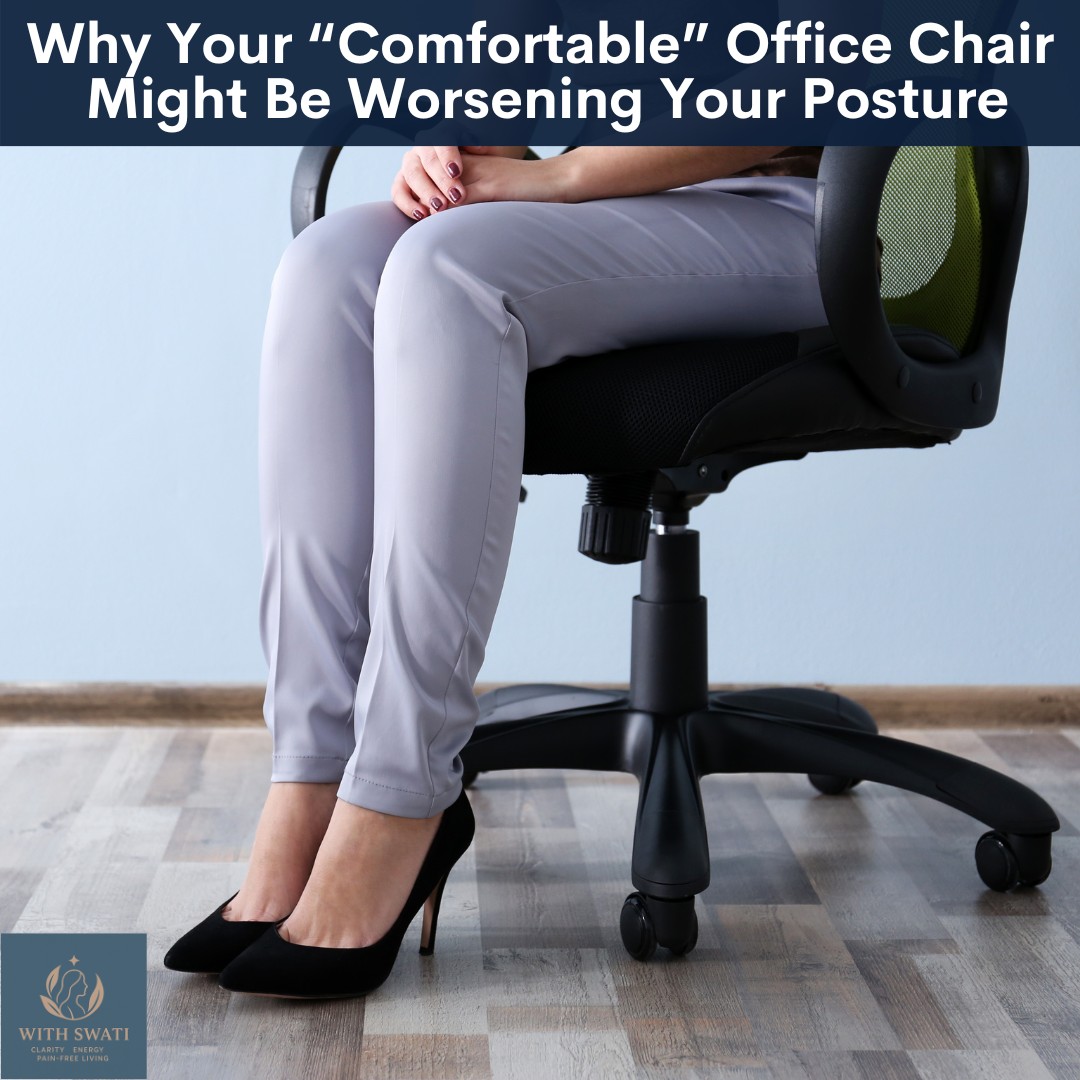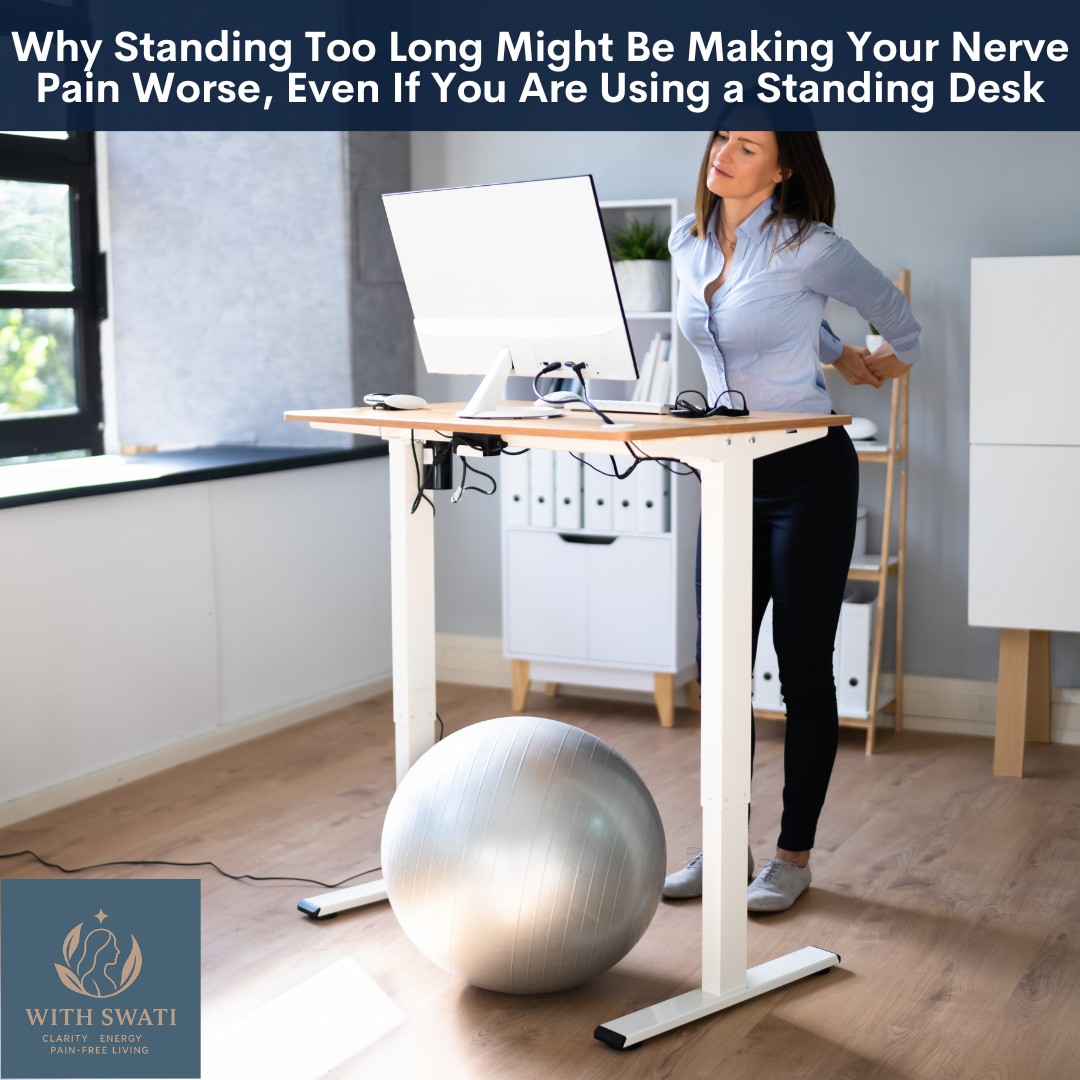
As an executive mom, you may have already mastered juggling deadlines, meetings, and a never-ending to-do list, all while raising young children. But when nerve pain enters the picture, whether it's tingling in your hands, burning in your feet, or shooting pain down your arms or legs its more than a distraction. It’s exhausting. And the last thing you want is to rely on medication that leaves you foggy or fatigued. But you don’t have to live like this. Lets discuss 3 such easy tips to reduce nerve pain without medication in this blog ....
Read more...
As an executive mom, your mornings are already busy enough. But when you wake up with a stiff, painful neck, even simple tasks, like looking over your shoulder or checking your rearview mirror feel frustratingly hard.You might assume your pillow is the problem, but here’s the truth: it’s rarely just your pillow. In this blog, lets discuss why do you wake up with neck pain and your pillow may not be responsible for it and what you can do about it ....
Read more...
As an executive mom, your hands are full, literally and figuratively. Whether you are typing away at your laptop, carrying kids or groceries, or squeezing in a workout when time allows, your arms and elbows take a lot of the load. So when that nagging pain at the outside of your elbow shows up and refuses to go away, it’s frustrating. You may have tried ice, taken a break from lifting, and maybe even a brace but the pain still lingers on. In this blog, lets discuss why a cold pack/ice and rest alone won’t fully heal tennis elbow ...
Read more...
As an executive mom, you’re no stranger to long hours at the desk, juggling Zoom calls, responding to messages and keeping your home running like a well-oiled machine. But if you’re ending most days with a tight neck, sore shoulders, or throbbing headache, it’s not just because you’re busy. You might be dealing with something deeper and more fixable than you think. In this blog, lets discuss how things you do in your everyday routine may be the cause of these aches and pains and easy tips to manage them ...
Read more...
As an executive mom juggling work, home, and everything in between, your headaches might feel like just another symptom of your overloaded schedule. It’s easy to chalk them up to stress, screen time, or lack of sleep, and yes, all those things play a role. But if your headaches are becoming more frequent or more intense, you might be blaming the wrong culprit. Lets discuss more in this blog ...
Read more...











